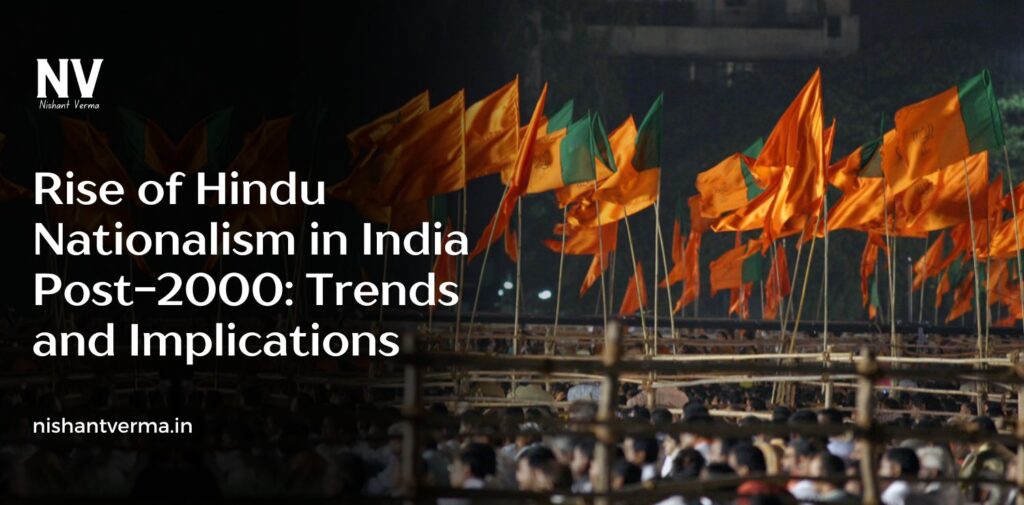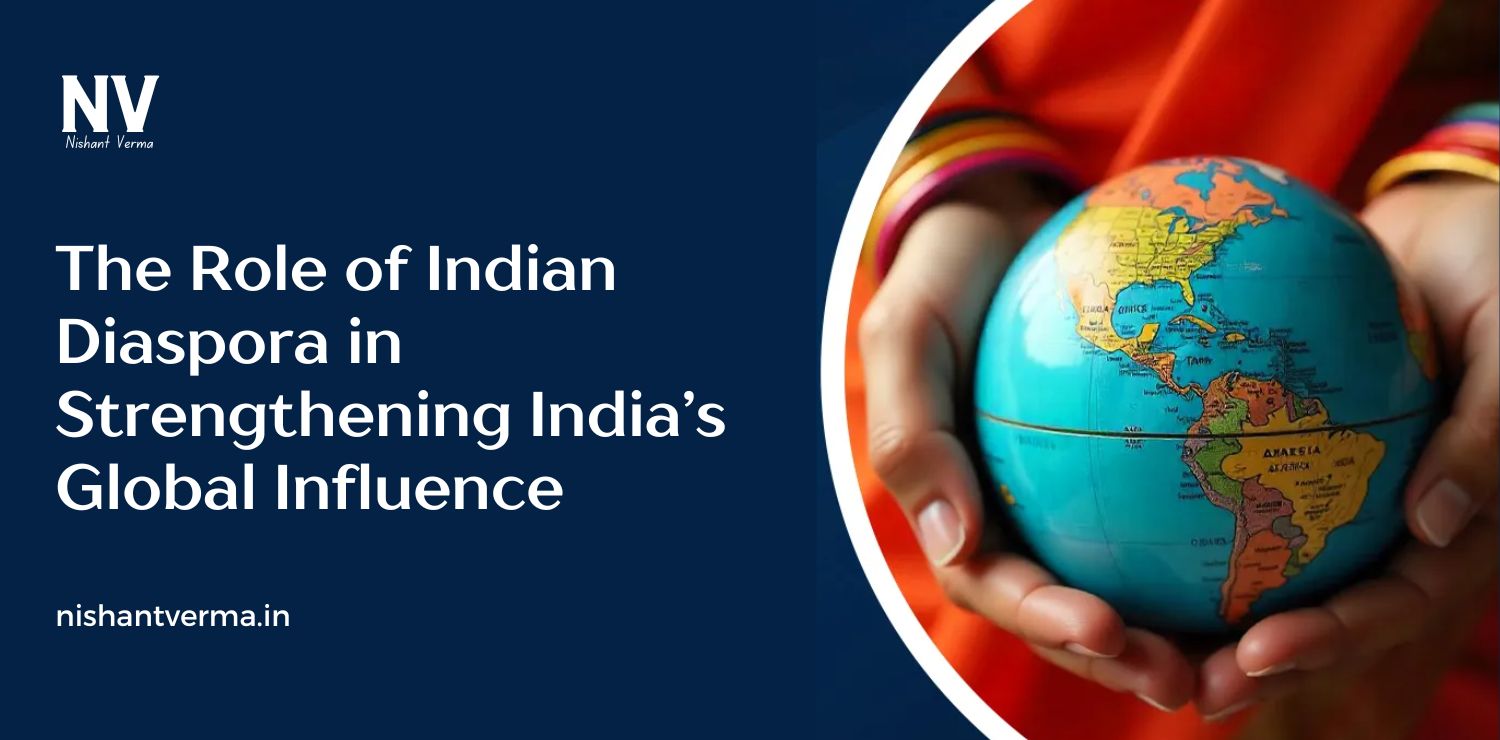Hindu nationalism, also known as “Hindutva,” has seen a significant rise in India after the year 2000. This ideology, which seeks to define India primarily as a Hindu nation, has become a central force in Indian politics. While the roots of Hindu nationalism go back to the early 20th century, its influence in recent decades has been more prominent, particularly after the year 2000. This article explores the trends and implications of the rise of Hindu nationalism in India, analyzing how it has shaped the country’s political, social, and cultural landscape.
Understanding Hindu Nationalism
Hindu nationalism is based on the ideology of Hindutva, which was first articulated by Vinayak Damodar Savarkar in his 1923 pamphlet, Hindutva: Who is a Hindu? Savarkar argued that India should be a nation primarily for Hindus and that the country’s identity should be deeply rooted in Hindu culture and values. Hindutva does not just focus on religion but seeks to define a shared cultural and historical identity among people of Hindu origin, irrespective of their sectarian beliefs.
Since the early 2000s, Hindu nationalist politics has gained significant traction, especially with the rise of the Bharatiya Janata Party (BJP) and its ideological parent, the Rashtriya Swayamsevak Sangh (RSS), a right-wing Hindu nationalist organization. The BJP has consistently pushed for policies that reflect Hindutva principles, and their influence has shaped India’s political discourse in profound ways.
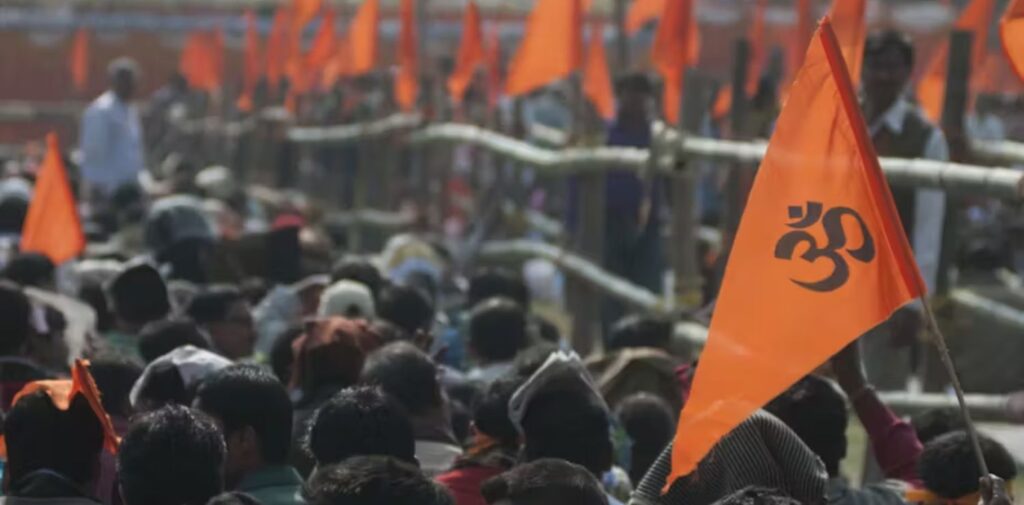
The Rise of Hindu Nationalism Post-2000
1. The BJP’s Electoral Successes
The early 2000s saw a shift in Indian politics, with the BJP gaining more influence. The year 2000 marked the beginning of a series of electoral victories for the party. Under the leadership of Atal Bihari Vajpayee, the BJP came to power in the late 1990s, and by 2014, Narendra Modi became the face of the party’s rise to dominance. Modi’s victory in 2014, followed by his re-election in 2019, marked a significant turning point for Hindu nationalism in India. His rise was largely due to his appeal to Hindu voters, especially those who identified with the issues raised by Hindu nationalist ideologies.
2. The Role of Social Media
The internet and social media have played an essential role in the rise of Hindu nationalism. Platforms like Facebook, Twitter, and WhatsApp have allowed Hindu nationalist narratives to spread quickly across India. These platforms have been used to mobilize support, share content that aligns with Hindutva, and amplify voices that promote Hindu identity politics. In particular, during the 2014 and 2019 elections, social media campaigns targeting younger voters played a crucial role in solidifying Modi’s image as a Hindu leader, promoting religious and cultural pride among Hindus.
3. The Saffronization of Politics
Post-2000, there has been an increase in the “saffronization” of Indian politics, which refers to the growing influence of Hindu religious symbols, practices, and narratives in the political sphere. The saffron colour, associated with Hinduism, became a symbol of the BJP and its allies. Various Hindu religious leaders, temples, and cultural institutions have become politically active, supporting the agenda of the BJP and spreading messages of Hindu unity and nationalism.
One of the prominent examples of saffronization has been the promotion of Hindu religious practices in public life. From the construction of the Ram Mandir (temple) in Ayodhya to the celebration of Hindu festivals in government offices, these symbols of Hindu identity have become more visible in the political landscape.
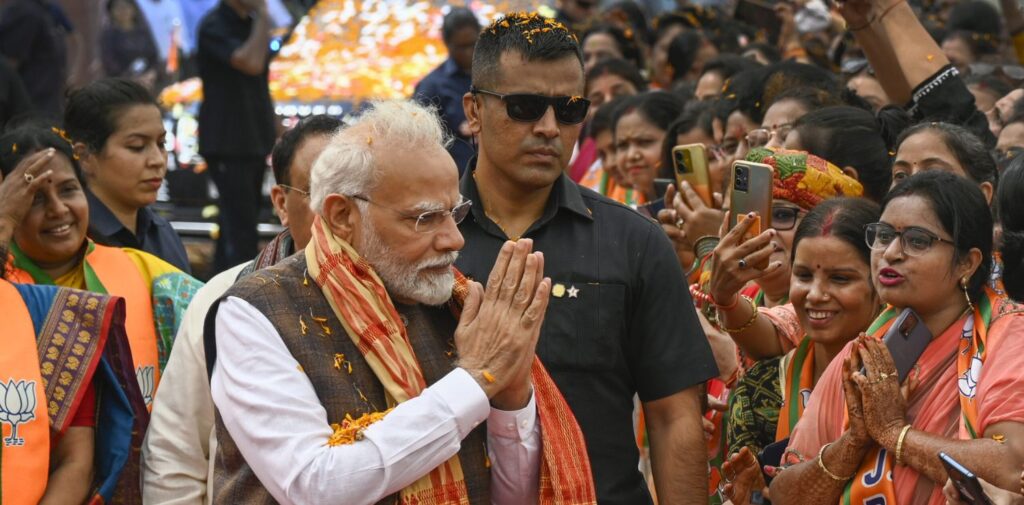
Key Trends in the Rise of Hindu Nationalism
1. The Focus on Religious Identity
Hindu nationalism places a strong emphasis on religious identity. Under this ideology, being a Hindu is seen as a defining feature of Indian identity. Political figures and parties aligned with Hindutva have often framed policies and debates in terms of religious identity, portraying Hinduism as the core of Indian civilization. This focus on religious identity has led to the marginalization of non-Hindu communities, particularly Muslims and Christians, who sometimes feel alienated or under threat due to the increasing prominence of Hindu majoritarianism.
2. The Ram Mandir Issue
One of the most significant symbols of the rise of Hindu nationalism is the Ram Mandir in Ayodhya. The dispute over the site, believed to be the birthplace of Lord Ram, became a major flashpoint in the 1990s. The BJP, along with right-wing Hindu groups, led a movement demanding the construction of a Ram temple at the site of the Babri Masjid, which was demolished by Hindu extremists in 1992. After years of legal and political battles, the Supreme Court of India ruled in favour of building the Ram temple in 2019. The construction of the temple has become a victory for Hindu nationalists and a symbol of their growing political influence.
3. Nationalism and National Symbols
Hindu nationalism often intersects with nationalism in general. The rise of Hindu nationalism has also been accompanied by a growing emphasis on national symbols and pride. The “Bharat Mata ki Jai” slogan, which translates to “Hail Mother India,” has become a key slogan used by proponents of Hindu nationalism. There has been a growing push to ensure that people express loyalty to the nation through religious and national symbols, further linking the ideas of Indian nationalism with Hindu identity.
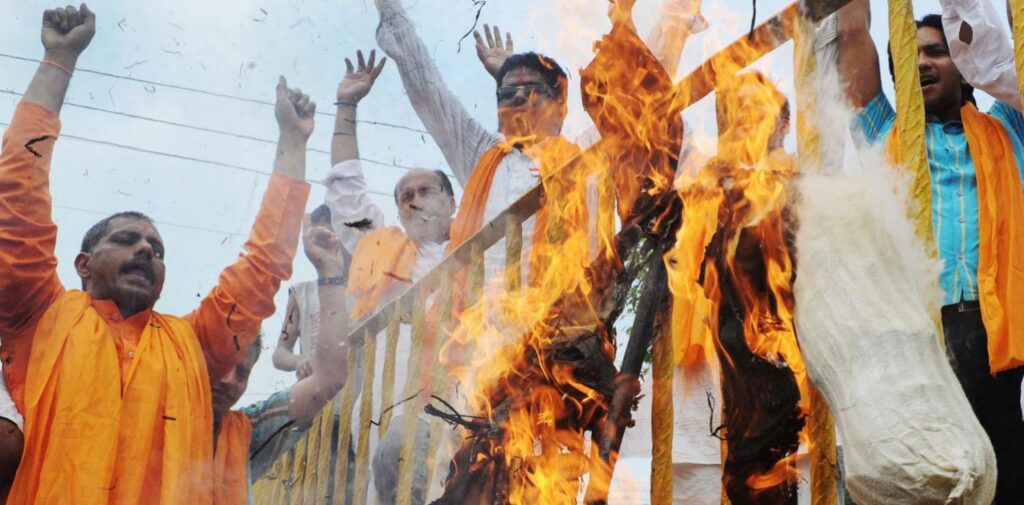
The Implications of Hindu Nationalism
1. Social and Religious Polarization
One of the most significant consequences of the rise of Hindu nationalism has been the growing social and religious polarization in India. Minority communities, particularly Muslims, Christians, and Dalits, often feel threatened by the dominance of Hindu nationalism. The increasing emphasis on Hindu identity has led to incidents of violence, such as the lynching of Muslims accused of cow slaughter or interfaith marriages being discouraged or criminalized. This polarization has strained the secular fabric of Indian society and increased tensions between different religious groups.
2. Impact on Secularism
India was founded as a secular nation, with the idea that religion should not play a central role in politics. However, the rise of Hindu nationalism has put this secular framework to the test. Critics argue that policies that prioritize Hindu identity and values undermine India’s secular constitution. The shift towards a more Hindu-centric political agenda is viewed by some as a threat to the inclusive, pluralistic nature of Indian democracy. Secularism, which once defined India’s political identity, is increasingly being sidelined in favour of Hindutva.
3. Economic and Political Concentration of Power
Hindu nationalism has also contributed to the centralization of political power. Under the leadership of Narendra Modi, the BJP has consolidated significant political control, with many state governments aligning with the central government’s policies. This centralization, combined with the rise of Hindu nationalist sentiments, has led to the sidelining of political opposition, particularly parties that traditionally represent minority or marginalized communities.
4. Influence on Cultural Practices
Hindu nationalism has also impacted cultural practices in India. The rise of Hindu identity politics has led to greater visibility of Hindu religious festivals and customs in public spaces. At the same time, there has been a push to reinterpret India’s cultural history from a Hindu perspective, sometimes downplaying the contributions of other religious and cultural communities. This cultural shift is part of a broader effort to solidify the idea of India as a Hindu nation, potentially diminishing the country’s rich diversity.
Conclusion: Hindu Nationalism in India
The rise of Hindu nationalism in India since 2000 has been a significant political and social development. While it has provided a platform for the empowerment of Hindu communities and political consolidation, it has also led to increasing polarization and challenges to India’s secular identity. As Hindu nationalism continues to grow, it is essential to consider its implications for India’s democracy, social fabric, and future direction.
The political landscape of India is shifting, and how the country navigates the tensions between religious identity, secularism, and inclusive democracy will determine the future of Hindu nationalism in India. The country’s ability to balance these forces will be critical in ensuring that India remains a diverse, pluralistic society, where people of all faiths and backgrounds can live together in harmony.

